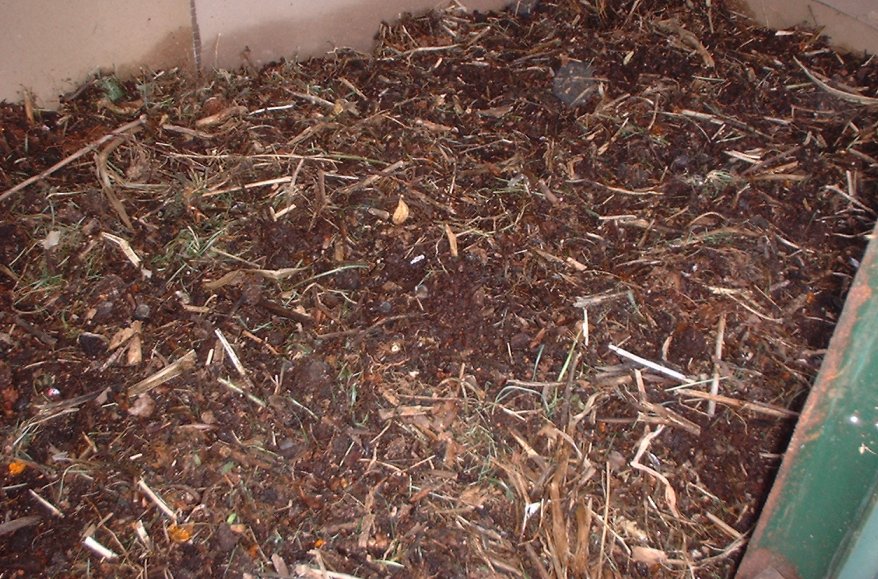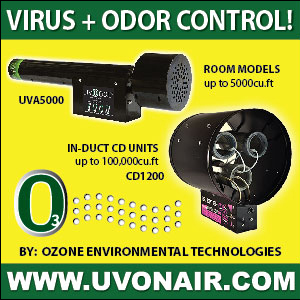
Vermicompost, also known as worm castings or vermicast, is being produced and marketed as an organic source for essential plant nutrient elements as well as a soil conditioner. To be marketed as a fertilizer, the product must have on its label the percentage of at least one, or two or all three of the fertilizer elements, nitrogen (N), phosphorus (P) and potassium (K), as guaranteed in concentration. Nitrogen is given as its element, but P and K as their oxides, P2O5 and K2O, respectively. If other essential plant nutrient elements are guaranteed, they also must be given on the label as to their percent concentration. The label percent concentration may not be the actual amount, but may be in excess as given on the label so that an inspection analysis will not be found below the label percentage. For the seller, such setting of the concentration percentage will avoid penalty payments if assayed below the label percentage, but for the user, it can lead to potential plant nutrient element insufficiencies. Therefore, the user needs to have an accurate elemental content concentration for proper use in terms of setting the application rate when used as a fertilizer nutrient source.
Vermicompost fertilizer element percentage concentrations vary considerably as is found in the literature and which was recently observed by Beek and Mattson (2013).
The author collected 6 vermicompost products from 3 sources for analysis and testing of their effectiveness as a fertilizer source for essential plant nutrient elements. The range in elemental content among these 6 vermicompost products is given in Table 1. This range in elemental concentrations suggest that there are no fixed values for the elements, particularly the three fertilizer elements (NPK), that could be used to identify and define a vermicompost based on its elemental content.
For the user of a vermicompost product, this wide range in elemental concentration can limit its use and effectiveness in terms of supporting plant growth.
The percent organic matter content was also determined based on the loss-on-ignition procedure (Jones, 2001), with the range found between 30 to 68%. All but two of the vermicompost products were less than 50% in organic matter content (68% and 67%), meaning that the majority of substances in 4 of the vermicompost products were inorganic. What effect the organic to inorganic ratio would have on the characteristics of a vermicompost as a nutrient element source as well as being an suitable soil conditioner (as a source of organic matter) needs to be further investigated
The range in percent organic matter and elemental content concentrations reflects the characteristics of the source materials selected for generating the vermicompost, and in addition, the percent organic matter content may reflect, in part, the extent of microbial decomposition. The source ingredients were known for two of the vermicompost products, one being cow manure and silage, and peat for another. It was learned that for one of the other 4 vermicomposts, cardboard was an ingredient which may have been the source for the high elemental content of Ca and P found in that generated vermicompost product.
Two experiments were conducted to determine what effect added vermicompost to a soilless organic rooting medium would have on plant growth. In the first experiment, only 5 of the vermicompost products were used, adding 20% by volume to an organic soilless rooting medium whose nutrient element charge was sufficient to only support initial plant seedling growth. The rooting medium was seeded to tomato and the germinated plants grown for 5 weeks. Both seed germination and early plant growth were slow. Tomato seeds did not germinate in one of the soilless medium/vermicompost mixes. There was essentially no difference in plant growth among the vermicompost treated rooting medium mixes and that obtained in the rooting medium without added vermicompost (Check treatment) (see Figure 1). An examination of the roots suggested a soluble salt excess contributed by the vermicompost was either the factor, or one of the factors that limited plant growth. The soluble salt aspect associated with vermicompost has also been observed by others as well as Beeks and Mattson (2013).

In the second experiment, vermicompost was added to the same organic soilless mix but at the rate of 5% by volume. This time, a tomato seedling was planted into the soilless medium and the various vermicompost/soilless medium mixes. The plants were grown for 8 weeks. There were differences in plant height as can be seen in Figure 2. Leggy plant growth was due to the poor light conditions (many cloudy days) and the fact that the greenhouse was covered with 50% transmission shade cloth. Harvested dry weight of plants showed interesting differences, the plant dry weights are given in Table 2.

Total dry weight generated by plants rooted in two of the vermicompost mixes were less than the Check plant dry weight, while one was slightly greater, and much greater plant dry weights than the Check treatment in 3 of the vermicompost mixes. The reason, or reasons, for these differences in plant dry weights are not obvious.
The plant dry matter was assayed for essential plant nutrient element content concentration. The assay results did not uncover any significant plant nutrient element insufficiencies, but all the plants were low in N, below what would be considered “sufficient” for tomato plants at this stage of growth. If the plants had been allowed to continue to grow, it would be expected that N deficiency symptoms would begin to appear. In a similar vermicompost-use studies conducted by another research team, it was found that N was the limiting element in the growth of various vegetable and ornamental plants rooted in several different organic soilless mixes with rates of vermicompost product added at rates from 5 to 30% by volume. In a majority of cases, application rates in excess of 8% resulted in poor plant growth, probably due to high soluble salt levels as was observed in the first study described above.
Another characteristic of some vermicompost products is their high Cu and Zn concentration contents (note the range in concentration as given in Table 1). Such high Cu and/or Zn concentrations may be a factor inhibiting microbial decomposition, an aspect that needs further investigation. The fact that a vermicompost is sterile could be related to these high element concentrations as well as the lack of a food source essential for microorganism function in a vermicompost product.
Conclusion
There is much yet to be learned regarding the characteristics of vermicompost products, their elemental composition and value as a source for essential plant nutrient elements. The results from the conducted experiments suggest that high rates of vermicompost product additions can do harm to plants. The results from the second experiment suggest that a vermicompost product may not be a reliable fertilizer source, therefore, of no benefit to plant growth when added to a rooting medium due, in part, to its inability to supply sufficient N to sustain plant growth. What effect high Cu and Zn concentrations in some vermicompost products could have on decomposition and plant growth needs to be further investigated.
References
Beeks, S. and N. Mattson. 2013. Vermicompost is putting worms to work. Greenhouse Grower (July 2013: 30-42.
Jones, Jr., J. Benton. 2001. Laboratory Guide for Conducting Soil Tests and Plant Analysis. CRC Press, Boca Raton, FL.
Table 1. Range in Total Elemental Content among 6 Different Vermicompost Products.
Element Range, %
Nitrogen (N) 0.77 – 3.70
Phosphorus (P) 0.05 – 0.92
Potassium (K) 0.07 – 3.36
Calcium (Ca) 0.76 – 7.51
Magnesium (Mg) 0.21 – 1.20
Sulfur (S) 0.01 – 0.88
Iron (Fe) 0.28 – 1.94
Range, ppm
Copper (Cu) 21 – 455
Manganese (Mn) 154 – 496
Zinc (Zn) 14 – 750
Table 2. Dry Weight of Tomato Plants Grown in the Various Vermicompost Soilless Organic Rooting Medium Mixes (Treatment mixes A thru F listed by increasing dry weight).
Treatment Dry Weight, grams
Mix C 2.72
Mix F 2.93
Check* 3.00
Mix A 3.28
Mix D 3.59
Mix B 3.65
Mix E 3.76
______
*Check: no vermicompost added to the organic soilless mix.
Jones, Jr., J. Benton. 2013. Instructions for Growing Tomatoes in the Home Garden and Greenhouse.
Related Articles & Free Email Newsletter
A Secret Bed Building and Potting Soil Recipe
Early Growth Fertilizer Regiments for Propagation & Vegetative Stages




Comment here